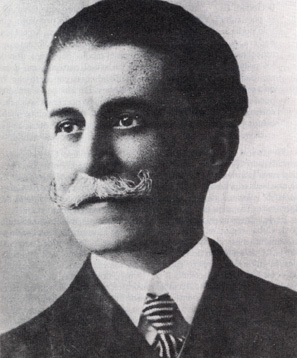8. Cuban music in the 19th century (1868-1900).

In Cuba during the second half of the 19th century, salon music and lyrical music predominated. Salon music was a sociocultural phenomenon that influenced both the subsequent development of popular music and national concert music in the 19th century.
During this period, prominent musicians such as Ignacio Cervantes incorporated elements of African and guajira traditions into Cuban music, creating a romantic piano style. It is also significant to note that although the Havana Cathedral Music Chapel (Calle Empedrado 156, Old Havana, Havana City) had a regulation prohibiting its musicians from playing in theaters and salons since 1802, many of them were already alternating their professional work between religious and secular music, openly participating in the most important celebrations at other churches and also participating in numerous dance orchestras.
The wars of independence did not impede the development and evolution of musical genres, which gave Cuban music a distinctive identity. In the second half of the century, all the necessary elements came together to form a Cuban nationality, which found its highest expression in the patriotic sentiments of the Creole population that gave rise to these wars of independence.
It can be said that almost all musical activity during this period was represented by the concerts offered by the philharmonic societies of the major cities. Also represented by the retretas (retreats), which gained popularity in the 1880s in the island’s interior, were their performances held in the parade grounds. These bands were generally composed of Spanish soldiers from the various regiments stationed in the different towns.
In the second half of the 19th century, good music played an important role in Cuban education, and there was a great fondness for it. Music provided a spiritual outlet in the face of an ever-unstable political situation and also a sign of distinction. This stage can be considered crucial in the process of blending and creolization of musical and dance genres from both Africa and Europe.
Cuban music of the late 19th century is characterized by a well-defined nationality; at this stage, everything national bothered the colonial government, as did everything African.
Literature:
Zoila Lapique. Cuban Colonial Music in Periodicals. Volume I. Cuban Letters, 1979.








